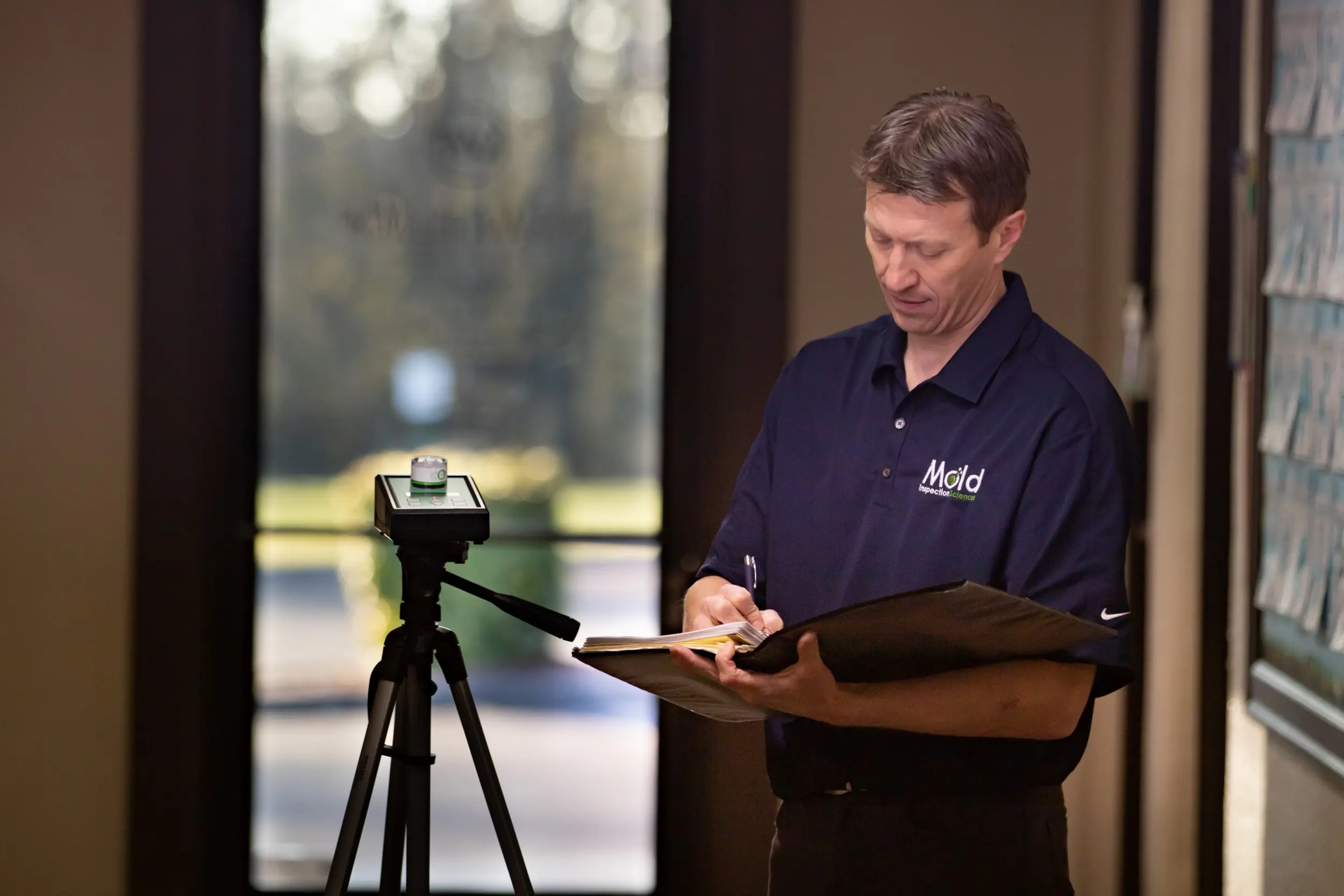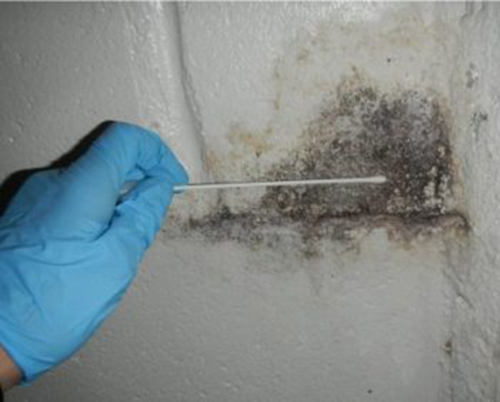Testing Air Quality After Mold Remediation
Testing Air Quality After Mold Remediation
Blog Article
Key Steps for Successful Post Mold And Mildew Removal
Efficiently finishing mold removal is a multifaceted process that requires interest to information and adherence to specific methods. These steps not only validate the success of the remediation initiatives yet also add to preventing future mold development.
Assessment of Treated Areas
Upon conclusion of the mold removal procedure, a complete examination of the treated areas is imperative to make certain the efficiency of the remediation efforts. This examination acts as a critical step in the post-remediation stage to verify that the mold removal and cleaning treatments achieved success in removing the mold and mildew infestation and recovering a safe indoor setting. The inspection ought to be conducted by qualified specialists that have the expertise to examine the remediated areas thoroughly.
Throughout the inspection, various variables are evaluated to identify the success of the remediation process. These include visual assessments to look for any type of indicators of mold growth or water damage, moisture levels to validate that the area is dry and totally free of excess humidity that can advertise mold and mildew re-growth, and air high quality testing to guarantee that the interior air is risk-free to breathe. In addition, the evaluation might entail utilizing specialized tools such as dampness meters and thermal imaging electronic cameras to detect surprise mold or moisture pockets that can cause future mold issues if left uncontrolled. In general, a detailed inspection of the dealt with locations is vital to validate the performance of the mold removal efforts and offer peace of mind to the residents of the property.

Wetness Control Actions
Effective moisture control actions are crucial for protecting against mold growth and maintaining a healthy and balanced interior atmosphere. To achieve this, it is critical to attend to sources of dampness within the building. Proper air flow is essential to controlling humidity degrees. Setting up exhaust followers in kitchens and shower rooms can help remove excess moisture. In addition, utilizing dehumidifiers in wet locations can help in reducing moisture levels, making it harder for mold to thrive.
Frequently checking and keeping the structure's exterior can likewise stop wetness invasion. After mold remediation. Guaranteeing that gutters are clear, downspouts direct water away from the structure, and the roof covering remains in excellent condition can help protect against water from seeping right into the structure. Properly securing doors and home windows can also assist maintain wetness out
In cases where water damage happens, prompt action is essential. Any spills or leakages should be cleaned up and dried out within 24-48 hours to stop mold and mildew development. Making use of moisture meters can assist spot surprise resources of water and guarantee detailed drying. By carrying out these dampness control measures, the risk of mold persisting can be dramatically lowered, creating a much healthier interior setting.
Proper Ventilation Assessment
An integral element of ensuring a healthy indoor setting message mold remediation is carrying out a comprehensive evaluation of the air flow system. Appropriate air flow assessment plays an important function in stopping future mold and mildew growth and preserving air high quality within the afflicted area.
Additionally, examining the ventilation system includes analyzing the distribution of air throughout the location to determine any type of areas of inadequate circulation where moisture and contaminants can collect. Appropriate ventilation not just aids in managing humidity degrees however also aids in getting rid of airborne mold spores and various other contaminants, therefore boosting general indoor air top quality. By attending to any air flow issues upload mold removal, building owners can create a much healthier and much more comfy environment for passengers while decreasing the risk of mold and mildew re-infestation.
Cleansing and Disinfection Protocols
To ensure thorough mold removal, thorough adherence to specific cleaning and disinfection procedures is vital. Cleansing and disinfection procedures play an essential role in the post-mold removal Continue stage to protect against the recurrence of mold growth and make sure a risk-free and healthy and balanced environment.
Furthermore, carrying out preventive steps such as applying mold and mildew preventions and preserving appropriate air flow can help lessen the risk of future mold problems. By following rigorous cleaning and sanitation methods, home owners can make certain the successful removal of mold and produce a healthy indoor setting for owners.
Tracking and Maintenance Plan
Applying a routine tracking and maintenance plan is important for making sure the long-lasting effectiveness of mold and mildew remediation initiatives. As soon as mold removal is finished, it is important to develop a monitoring schedule to assess the success of the removal process. This entails consistently examining the formerly influenced locations for any indications of mold reoccurrence or water damages. By conducting routine checks, any type Read Full Report of brand-new mold and mildew development can be immediately recognized and dealt with, stopping a reoccurrence of the first trouble.
In addition, creating an upkeep strategy is crucial to stopping future mold problems. Regular upkeep not just assists in avoiding mold and mildew however also contributes to maintaining a healthy indoor setting - Post Remediation Inspection near me.
Conclusion
In verdict, successful blog post mold remediation entails complete evaluation of treated locations, implementation of wetness control actions, assessment of appropriate air flow, adherence to cleansing and sanitation protocols, and establishment of a surveillance and upkeep strategy. These essential steps are necessary to ensure that mold development is properly removed and avoided from repeating in the future. By adhering to these standards, homeowner can maintain a healthy and safe atmosphere for occupants.
Upon completion of the mold removal procedure, a comprehensive evaluation of the treated locations is crucial to make certain the performance of the removal efforts. These consist of aesthetic evaluations to inspect for any kind of signs of mold growth or water damage, wetness levels to verify that the area is dry and complimentary of excess moisture that can promote mold re-growth, and air top quality testing to guarantee that the interior air is secure to breathe. Furthermore, the inspection might involve utilizing specialized tools such as wetness meters and thermal imaging cameras to detect concealed mold or wetness pockets that could lead to future mold and mildew problems if left unattended. By dealing with any air flow issues publish mold removal, residential property owners can produce a much healthier and extra comfortable setting for passengers while decreasing the danger of mold website link and mildew re-infestation.

Report this page